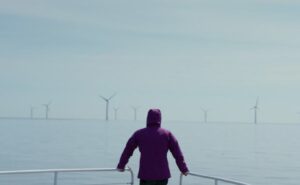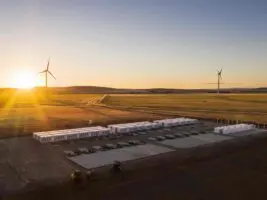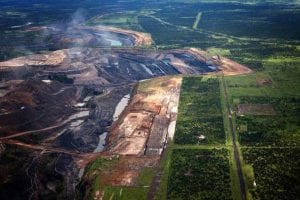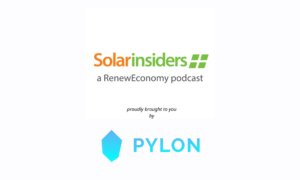The owner of the main transmission network in South Australia says that enquiries from new businesses wanting to plug in to the country’s most advanced renewable grid are at “unimaginable” levels, but progress is being held back by poor planning for the grid.
Simon Emms, the CEO of ElectraNet, says active interest in new load connections from manufacturers and industries total more than 2.5 GW, around double the current average grid demand of around 1.3 GW.
But he says there is interest in connecting another 15 GW of industrial loads – a level he says would have seemed unimaginable only a few years ago.
“Industries are choosing to invest here because of the strength of our renewables and grid. Projects are scaling up faster,” Emms says in the introduction to ElectraNEt’s latest transmission planning report.
“Expectations are higher. And our transmission network must rise to meet this moment.”
South Australia is already averaging more than 74 per cent wind and solar (over a year), a world record share of variable renewables.
The state aims to reach 100 per cent net renewables by the end of 2027, with the delivery of the state’s biggest wind project at Goyder South (pictured above), another half dozen big batteries, and the new transmission link to NSW, called Project EnergyConnect, that will lift export and import capacity.
But Emms says progress is being held back because the principal planning document for the country’s main grid, the Integrated System Plan prepared by the Australian Energy Market Operator, is not keeping pace, and has failed to understand the growth in local electricity demand.
“As demand forecasts inform which transmission projects should get built or not, inaccurate modelling has the potential to put South Australia’s energy stability, security and economic prosperity at risk,” the company says.
Its main beef is that load projects – such as data centres, green steel projects, and mining – are not considered in planning arrangements, but need to be to allow new transmission lines to be built on time.
ElectraNet wants AEMO to dial in more flexibility in its forecasts, which would allow for changes in anticipated load growth – particularly in a state like South Australia with excellent winds and solar resources, and a high share of renewables.
It says that while AEMO’s ISP is based on the “step change” scenario, the reality in South Australia is that the transition is happening at a faster pace, at the more spectacular “green energy exports” scenario. But it risks not being able to keep up with demand.
“The energy transition is entering a new phase in South Australia, as we progress from integrating and stabilising renewable generation across the network, to an environment where renewable generation and low-emissions energy provides the basis for economic and industrial growth,” the document says.
“Policy and funding measures enacted by state and federal governments are demonstrably catalysing ‘green’ industrial growth across South Australia, with ElectraNet receiving historically unprecedented levels of inquiry from proponents seeking connection to South Australia’s transmission network.”
It says industries that rely on energy-intensive processes, such as green metals, data centres, advanced manufacturing and defence platforms and systems, are under increasing pressure to decarbonise their supply chains.
“South Australia’s progress in renewable energy integration allows companies to power their operations with lower-emission electricity compared to jurisdictions still reliant on fossil fuels and enables fuel switching from operations currently utilising fossil fuels to renewable electricity.
“This pull factor is particularly strong in industries that serve markets with strict sustainability standards … and sourcing electricity from South Australia’s renewable-heavy grid provides a strategic advantage in meeting customer and investor expectations.”
In response, AEMO’s head of system design Merry York said in a statement that AEMO is actively engaging with industry to review and update our electricity demand forecasting methodology, including ongoing discussions with ElectraNet.
“We’re committed to ensuring our forecasts and planning insights support the best investment outcomes for consumers,” she said. “Once finalised this scheduled review of the demand forecast methodology will apply to upcoming planning publications.”
ElectraNet has already completed its share of Project EnergyConnect, on time and on budget, unlike the NSW component that is being delivered by Transgrid.
It is now working on another major transmission project – the Northern Transmission Project – to unlock more resources, and industrial loads, in the north of the state, including mining, green steel, data centres and desalination.
The company says even if only 10% to 20% of the large industrial loads seeking to connect are ultimately connected, this could result in an increase in maximum electricity demand in the range of 1,500 to 3,000 MW.
It says interest in big battery capacity is expected to soar beyond today’s nearly 1,400 MW, with almost 4,000 MW pursuing connection.
“We need to plan for what’s coming, not just what’s already committed. And we need to ensure South Australia is not held back by models built for the past,” Emms said.
“Our clean energy future is no longer a distant goal. It’s happening now. South Australia must be equipped to maximise the opportunity for all South Australians.”








